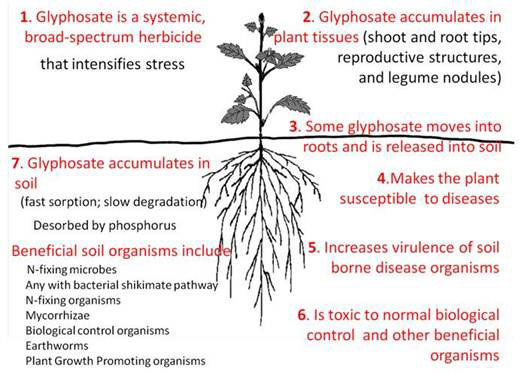Internal Rate of Return: Capital
Budgeting Decision Method
Is Internal Rate of Return or Net Present Value
Better?
Financial
managers and business owners usually like performance measures expressed in
percentages instead of dollars. As a result, they tend to like capital
budgeting decisions expressed as a percentage, like internal
rate of return (IRR) instead of in a dollar amount, like net present
value (NPV). However, there is a problem with this; even though the internal
rate of return is usually a reliable method of determining whether or not a
capital investment project is a good investment for a business firm, there are
conditions under which it is not reliable, but the net present value is.
What Is Internal Rate of Return?
In the
language of finance, internal rate of return is the discount rate (or the
firm's cost of capital, that forces the
present value of the cash inflows of the project to equal the initial investment which is equivalent to forcing
the net present value of the project to equal $0. Pretty confusing. I can also
say that internal rate of return is an estimate of the rate of return on the
project.
Internal
rate of return is a more difficult metric to calculate than net present value.
With an Excel spreadsheet, it is a simple function. In the past, financial
managers had to calculate it using trial and error which was a long and complex
calculation.
First, in
English, what is internal rate of return? Simply put, it is a way of expressing
the value of a project in a percentage instead of in a dollar amount. It is
usually correct, but there are some exceptions that will make it wrong.
Decision Rules
If the IRR of a project is greater
than or equal to the project's cost of capital, accept the project. However, if
the IRR is less than the project's cost of capital, reject the project. The
rationale is that you never want to take on a project for your company that
returns less money than you pay to borrow money (cost
of capital).
Just like
for net present value, you have to consider whether you are looking at an
independent or mutually exclusive project. For independent projects, if the IRR
is greater than the cost of capital, then you accept as many projects as your
budget allows. For mutually exclusive projects, if the IRR is greater than the
cost of capital, you accept the project. If it is less than the cost of capital, then you reject the project.
An Example and Why Net Present Value is Better?***
First, take a look at Project S. You
can see that when you calculate net present value, and since these are mutually
exclusive projects, Project S loses. It has a lower net present value than
Project L so that the firm would choose Project L over Project S. However, if
you use the online calculator and plug the cash flows for the two projects into
it, the internal rate of return for Project S is 14.489%.
Now, let's
look at Project L. Project L is the project you would choose under the net
present value criteria as its net present value is $1,004.03, as compared to
Project S's net present value of $788.20. Again, if you use the online
calculator and plus Project L's cash flows into it, you will get an IRR for
Project L of 13.549%. Under the IRR decision criteria, Project L has a lower
IRR, and the firm would choose Project S.
Why does
the decision criteria of internal rate of return and net present value give
different answers in a capital budgeting analysis? Here lies one of the
problems with internal rate of return in capital
budgeting. If a firm is analyzing mutually exclusive projects, IRR
and NPV may give conflicting decisions. It will also happen if any of the cash flows from a project are negative except the
initial investment.
Summary
Everything points to the net present
value decision method being superior to the internal rate of return decision
method. One last issue that business owners have to consider is reinvestment
rate assumption. IRR is sometimes wrong because it assumes cash flows from the
project are reinvested at the project's IRR. However, net present value assumes
cash flows from the project are reinvested at the firm's cost of capital which
is correct.


